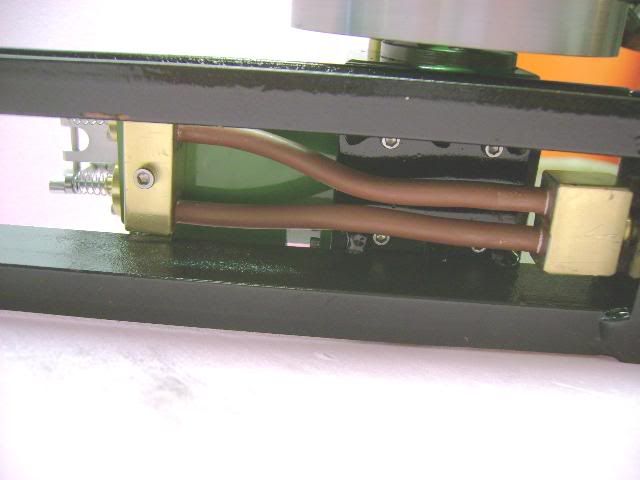- Joined
- Aug 25, 2007
- Messages
- 3,890
- Reaction score
- 715
Dave,
Hopefully you'll agree "Better late than never"! Here are some drawings of the head on my last JD Engine. The 3d view only shows one side. The other side is a mirror image.

Drawing:

These things are hard to visualize and even harder to draw. By the way, My engine uses a 3/16" ball bearing for the slave valve. It also only has 1 hole into the cylinder, not 2.
I'll draw up the valve assembly next, although you can probably imagine how it works.
Chuck
Hopefully you'll agree "Better late than never"! Here are some drawings of the head on my last JD Engine. The 3d view only shows one side. The other side is a mirror image.

Drawing:

These things are hard to visualize and even harder to draw. By the way, My engine uses a 3/16" ball bearing for the slave valve. It also only has 1 hole into the cylinder, not 2.
I'll draw up the valve assembly next, although you can probably imagine how it works.
Chuck












